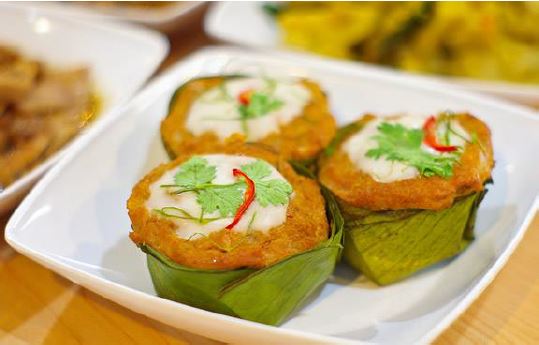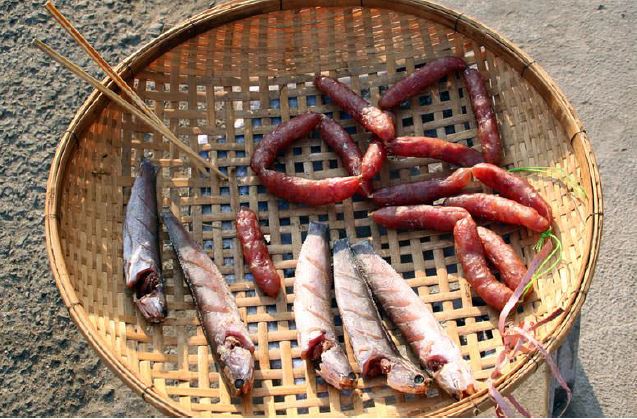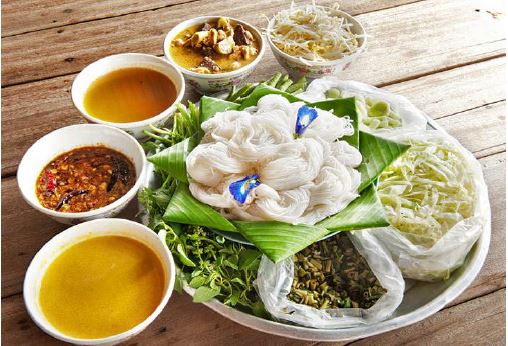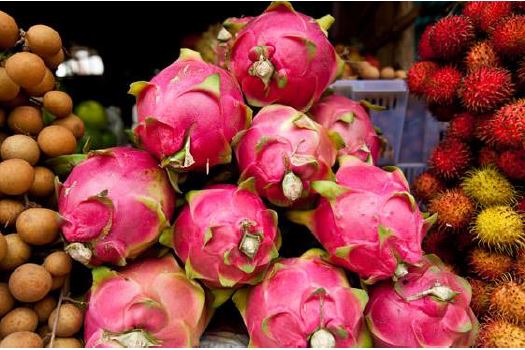Characteristics of Cambodian meal
JAPANESE FOODS
22.09.2017
A typical Cambodian meal would normally consist of a soup, a salad, a main fish dish, vegetables and rice. A Cambodian dessert, normally based on fresh fruits and sticky rice, complement the meal. His Majesty Preah Bat Samdech Preah Norodom Sihanouk The beauty of Cambodia goes far beyond the famous Angkor Wat ruins or the charm of the Khmer people’s simple life style. The country’s food culture is also not to be missed. In the Khmer diet, rice and freshwater fish play big roles because of the abundance of both. Cambodia has two main sources of natural fresh water, the Mekong river and the Tonle Sap, a huge lake connected to the Mekong. In the monsoon season, The Tonle Sap floods some 16,000 square kilometres of the country, irrigating rice fields and providing breeding grounds for fish.
what is khmer food?
Khmer food takes influences from a variety of countries. Cambodia was a French colony for many years and also has many Chinese immigrants, so both French and Chinese foods are widely found. In the west of the country, the cuisine is, naturally, influenced by the food of neighbouring Thailand while in the east the flavors of Vietnamese cuisine are more evident. Coastal towns such as Sihanoukville in the southwest are famous for their seafood, cooked in many styles, including Japanese and European. Common ingredients in Khmer cuisine are similar to those found in other Southeast Asian culinary traditions – rice and sticky rice, fish sauce, palm sugar, lime, garlic, chilies, coconut milk, lemon grass, galangal, kaffir lime and shallots.
Conventional Khmer food
Fish Amok steamed coconut fish in banana leave
In the Khmer diet, rice and freshwater fish play big roles because of the abundance of both. Amok is national dish, made from fish, coconut milk and curry paste. All the ingredients are mixed together and put in banana leaf cups with coconut cream on top, then steamed. Another common form is amok chouk – snails with curry steamed in their shells. Best served with a plate of hot rice.

Twa Ko (Cambodian sausage)
Twa ko is a Cambodian sausage made from beef or pork and various spices. Just like any good homemade sausage, the authentic Khmer sausage contains at least 20-25% fat. Some prefer to use pork belly as the main ingredient; it definitely serves the purpose well. Twa ko can be enjoyed on its own in barbecued, grilled or pan-fried style or served with steamed rice and fresh vegetable.

Nom banh chok (Khmer noodles)
Many locals start their day with nom banh chok, a popular dish known as Khmer noodles in English. It consists of rice noodles topped with green fish gravy and lots of fresh vegetables including cucumbers, green beans, mint leaves, banana blossom and bean sprouts. It’s very similar to the Thai dish ‘kanom jeen’.

Exotic Fruits
Anyone who visits a market in Cambodia will sees great piles of local fruits. Cambodia’s climate, especially around mid-year, ensures that plenty of colorful, tasty fruits flow into the market. Many visitors are fascinated to see how many different types of banana there are – and how good they all taste. Other fruits to try in Cambodia are coconut, rambutan, mango, pineapple, mangosteen and durian – though the last item may not be for everyone; it has an unusual smell and taste.

These are is Food and Fruits in Cambodia.




